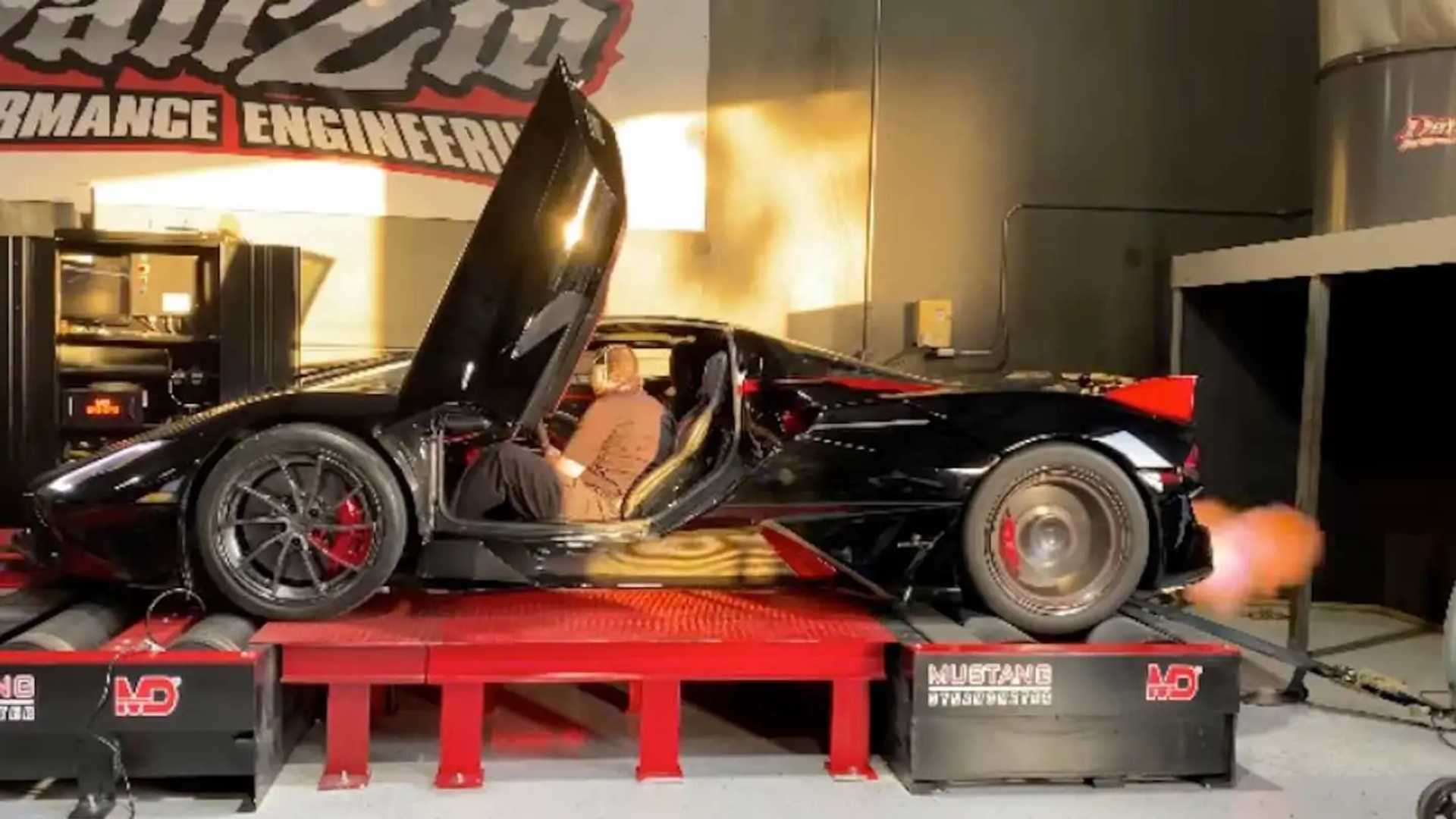
When the SSC Tuatara made its debut in 2020, it shocked the world by revealing its powerful engine – a twin-turbocharged 5.9-liter flat-plane-crank V8 that officially makes 1,750 horsepower (1,305 kilowatts) on E85 and 1,350 hp (1007 kW) on 91 octane.
As it turns out, those numbers aren't entirely accurate. In a recent Instagram post by SSC North America, the Tuatara's engine was seen while being tested on a dyno. The test was done by Nelson Racing Engines, which was the very same company that developed the hypercar's power plant.
You can watch the video in the embedded social media post above. The engine made nearly 1,890 horsepower (1,390 kilowatts) as shown in the bottom corner of the footage. It's hard to pinpoint the exact number but one thing's for sure, it's even greater than what was officially claimed.
If you're unable to view the embedded social media post, you can watch the video through the Instagram post by following the source link at the bottom of this story.
SSC has nothing to prove at this point as the Tuatara is still officially recognized as the fastest production car in the world, averaging 282.9 miles per hour (455.3 kilometers per hour) on the required back and forth passes.
Despite that achievement, which was done by a Tuatara owner behind the wheel, SSC has yet to break the coveted 300 mph (483 km/h) barrier. Its previous attempts were riddled with controversy, which led to the company admitting that it did not, in fact, reach the said speed.
Then again, SSC isn't just competing against itself in the realm of fastest production cars. Hennessey Performance and Koenigsegg have their own entries, and it's only a matter of time before the mentioned record gets beaten – either by the viable contenders or by SSC itself.
Meanwhile, Bugatti formally announced its retirement from chasing speed records right after a purpose-built Chiron reached a top speed of 304.7 mph (490.4 kph), albeit, on a single pass.







